[Kitanagoya City] Learn about the Life in the Showa era at The Showa Era Lifestyle Museum
![[Kitanagoya City] Learn about the Life in the Showa era at The Showa Era Lifestyle Museum](https://life-designs.jp/wp/wp-content/uploads/2021/02/image11-9.jpg)
Table of Contents
The Showa era was a period of about 60 years in which life in Japan changed dramatically.
Especially in the 30s of the Showa era (1955-1965), electric appliances such as televisions, refrigerators, and washing machines became popular, and it can be said that this was an era of the most dramatic changes, such as the shift from dim light bulbs to bright fluorescent lights.
The Showa Era Lifestyle Museum located in Kitanagoya City, Aichi Prefecture, exhibits and preserves the lifestyle of the Showa era. It's nostalgic for those who lived in the Showa era, and retro and fresh for later generations. It is popular among a wide range of generations when it comes to learning about life in the Showa era.

The location is about 25 minutes on foot from Nishiharu Station on the Meitetsu Inuyama Line. You can also use the city circulation bus "Kita Bus" from Nishiharu Station.
First, go to the 3rd floor where the permanent exhibits are lined up!

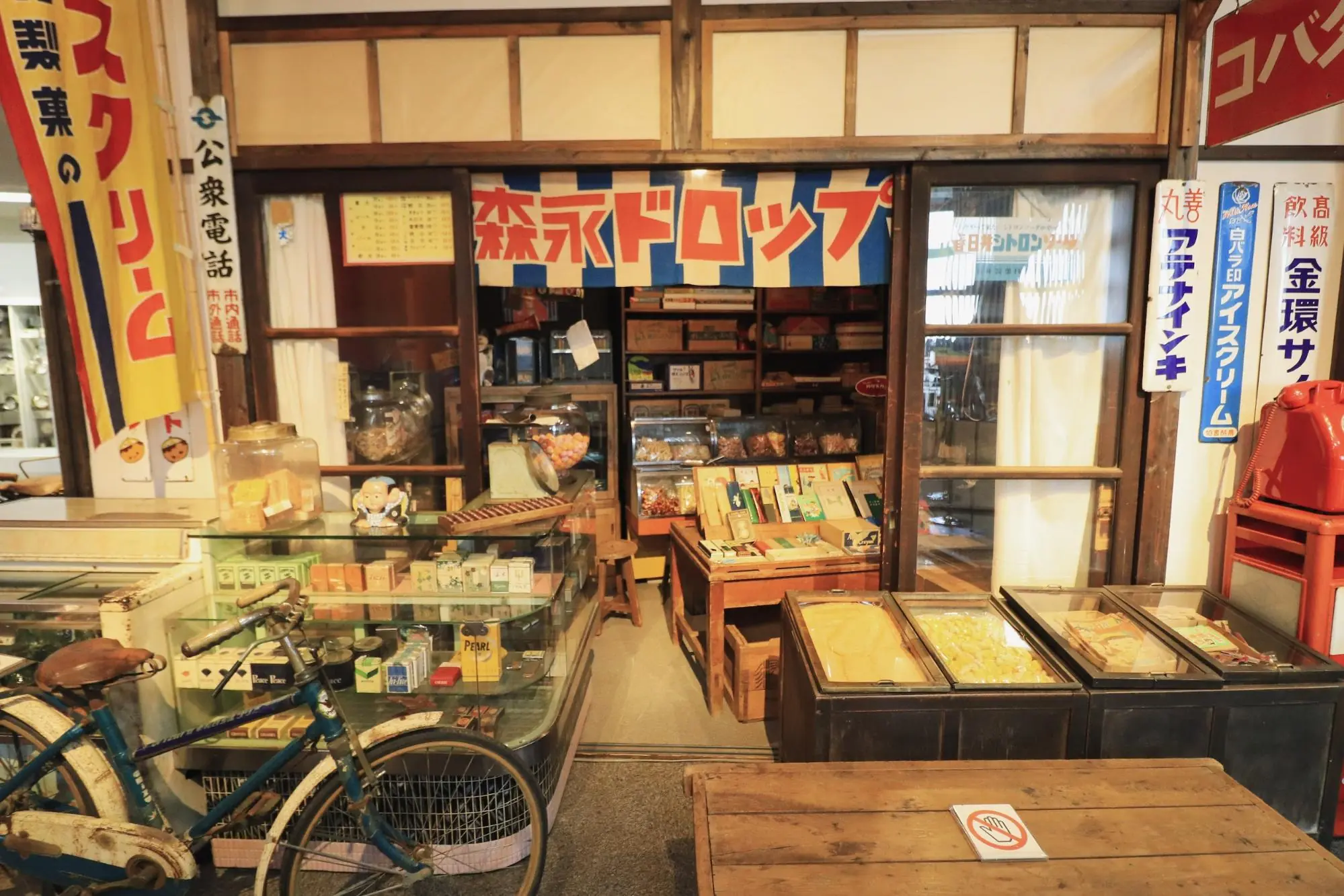
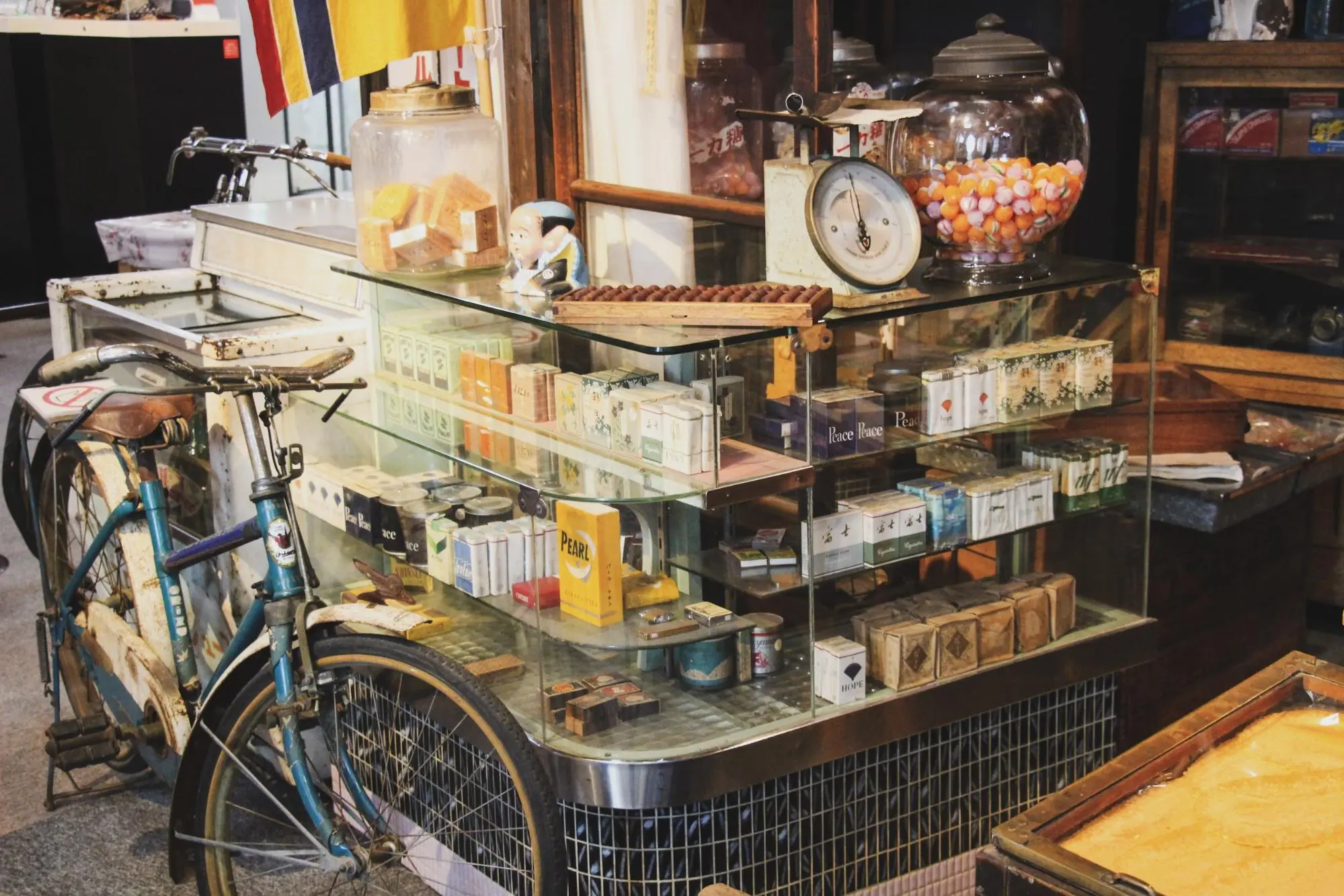
When you get off the elevator, you will feel as if you have slipped back in time to the Showa era. Items from 1955 (Showa 30) to 1965 (Showa 40) are displayed in detail.
Passing on to the Next Generation
that Disappears in Our Daily Lives
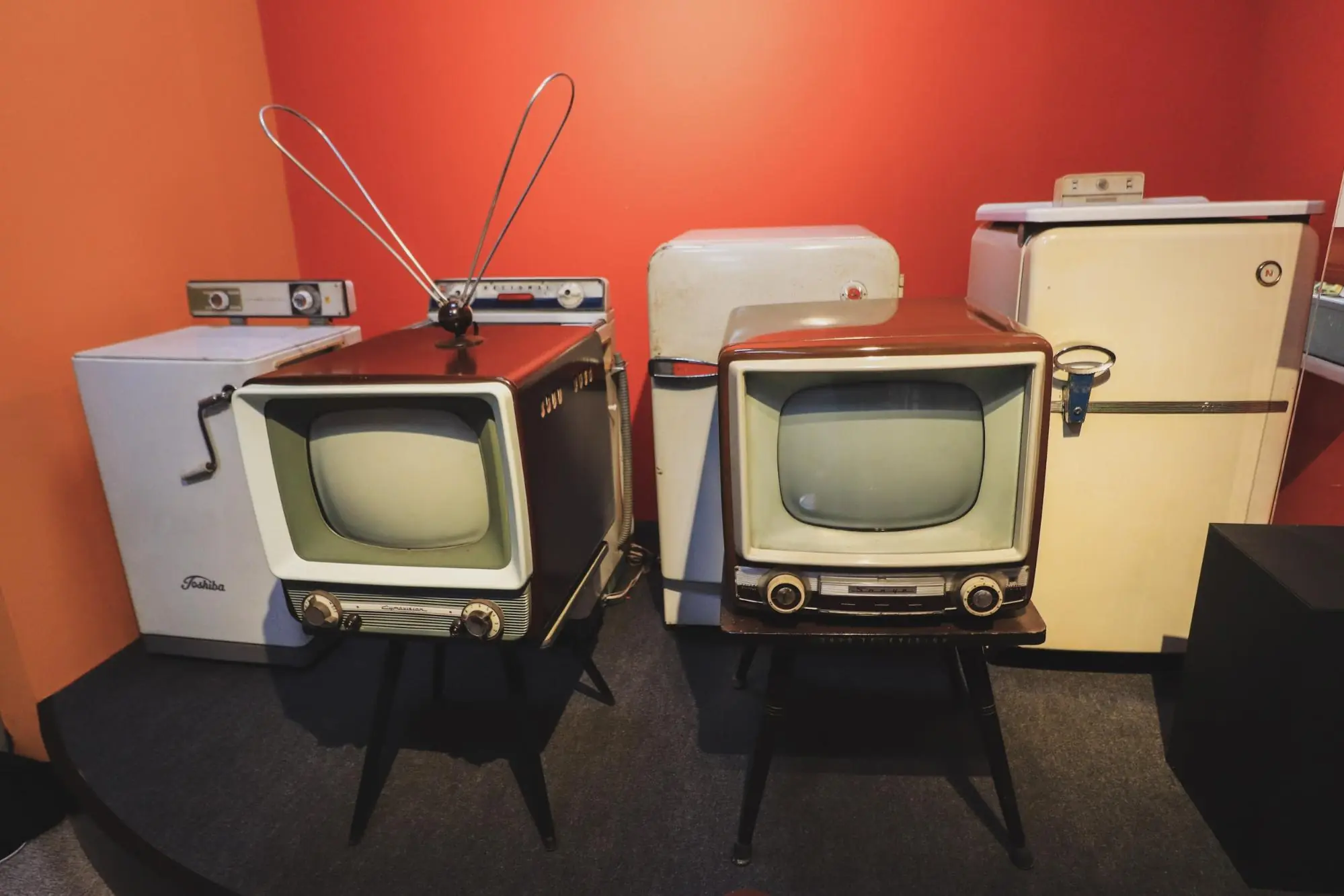
The museum was originally opened as a local archive in Kitanagoya City. With the special exhibition "The Mikan Box (mandarine box) in the Attic is a Treasure Box" held in 1993, the museum started activities to convey the turbulent changes of the Showa period to future generations.
In 1997, a special exhibition titled "When Everyday Life Becomes a Museum" composed the entire floor with materials from the Showa 30s, and at the same time, the museum became known as the "The Showa Era Lifestyle Museum.''
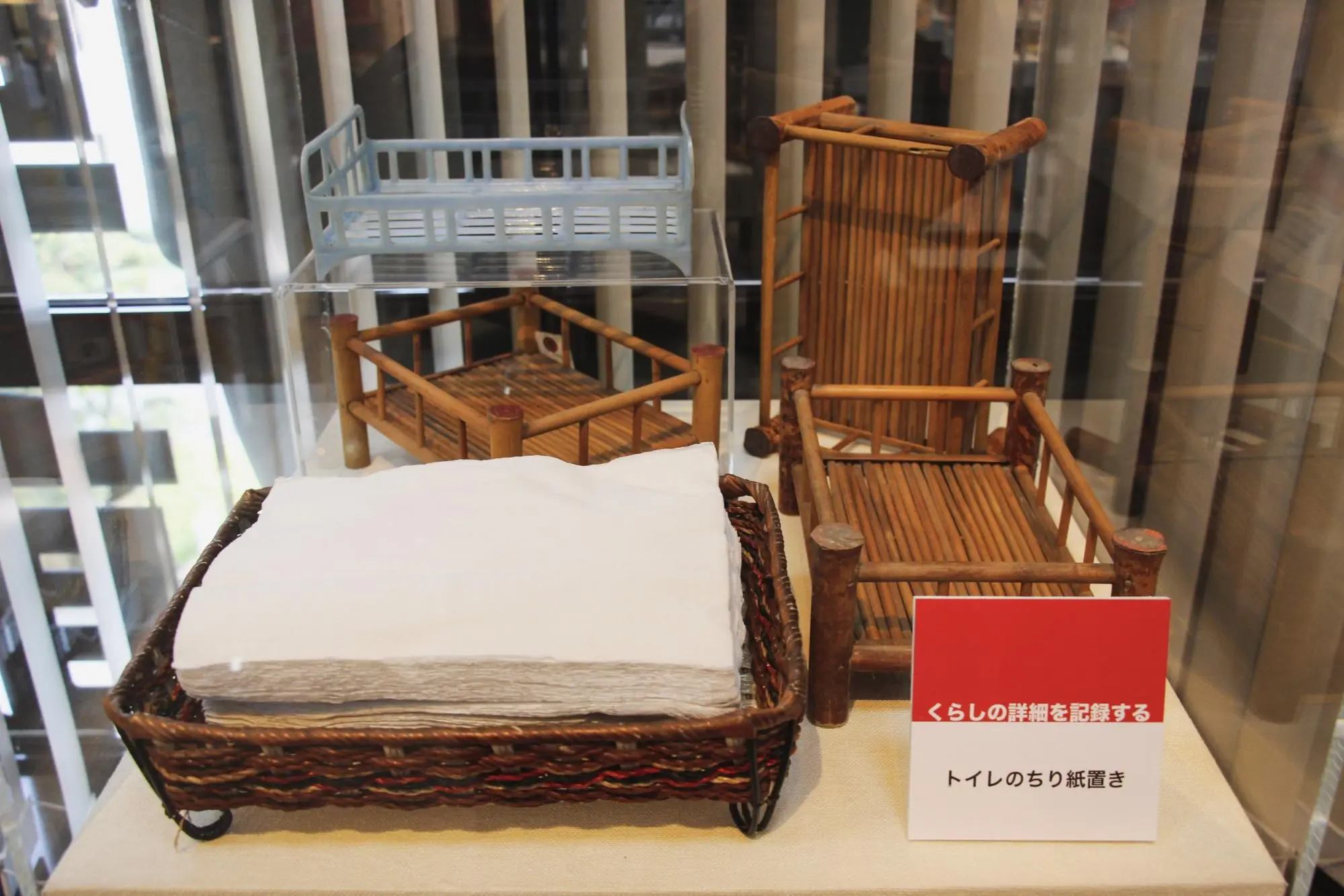

As we enter the Reiwa era, items from the Showa era are gradually disappearing from our daily lives. Toilet paper holders, food wrapping paper, stationery, and so on, each item is just nostalgic and can be thrown away as garbage in everyday life, but it is an important material that conveys the Showa era to future generations.
The Showa Era Lifestyle Museum collects and preserves over 120,000 items. Approximately 10,000 items selected from among them are on display.
A Permanent Exhibition that Makes you feel Nostalgic
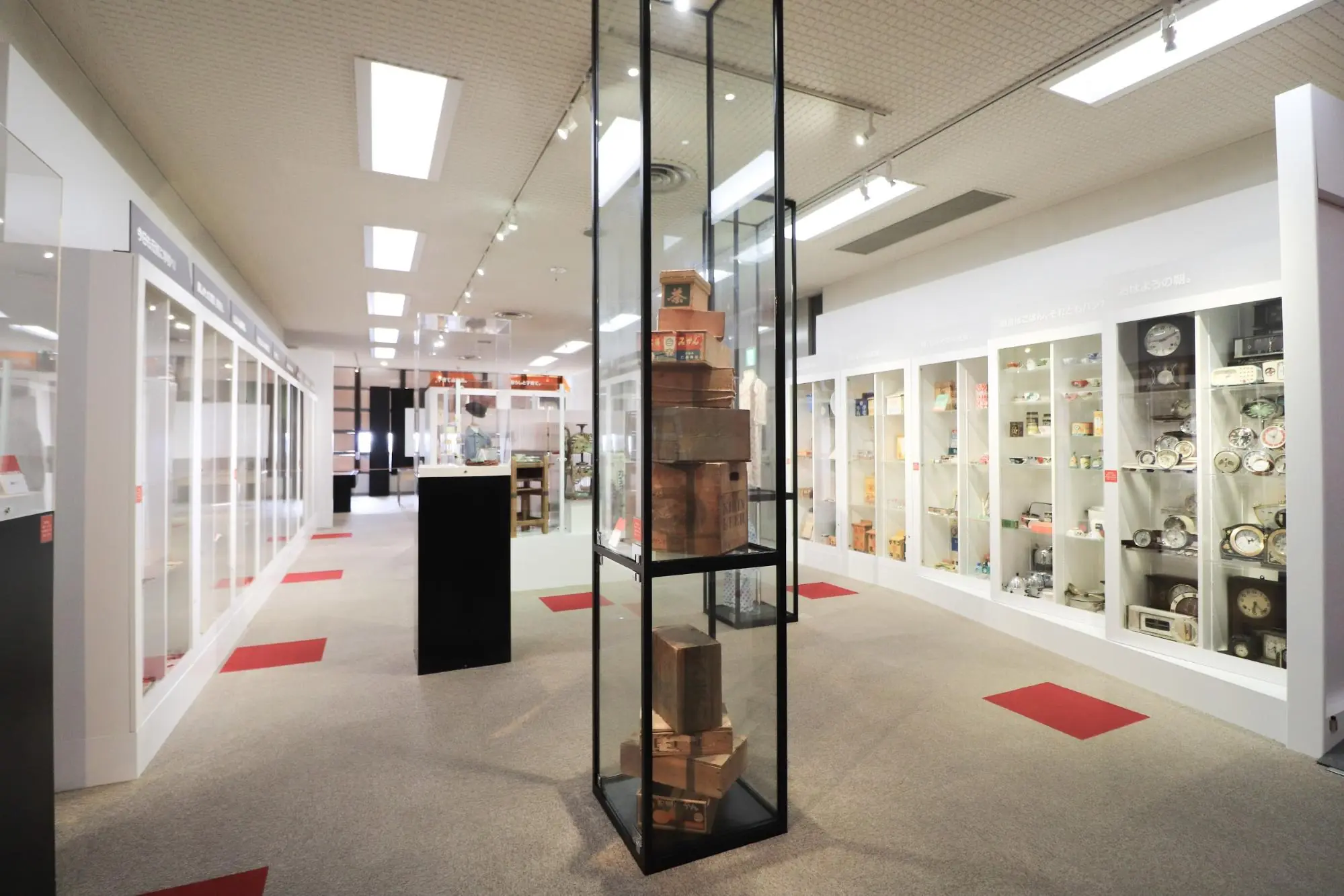

Permanent exhibitions are displayed by theme, such as "Good morning", "Memories of the wooden school building", and "Memories of the candy store". Exhibit materials are replaced, so please look forward to what kind of materials you can see at that time.
"I've seen this", "I used to use it in the past", and all of them are nostalgic. For those born in Heisei or Reiwa, there are probably many things that they see for the first time.
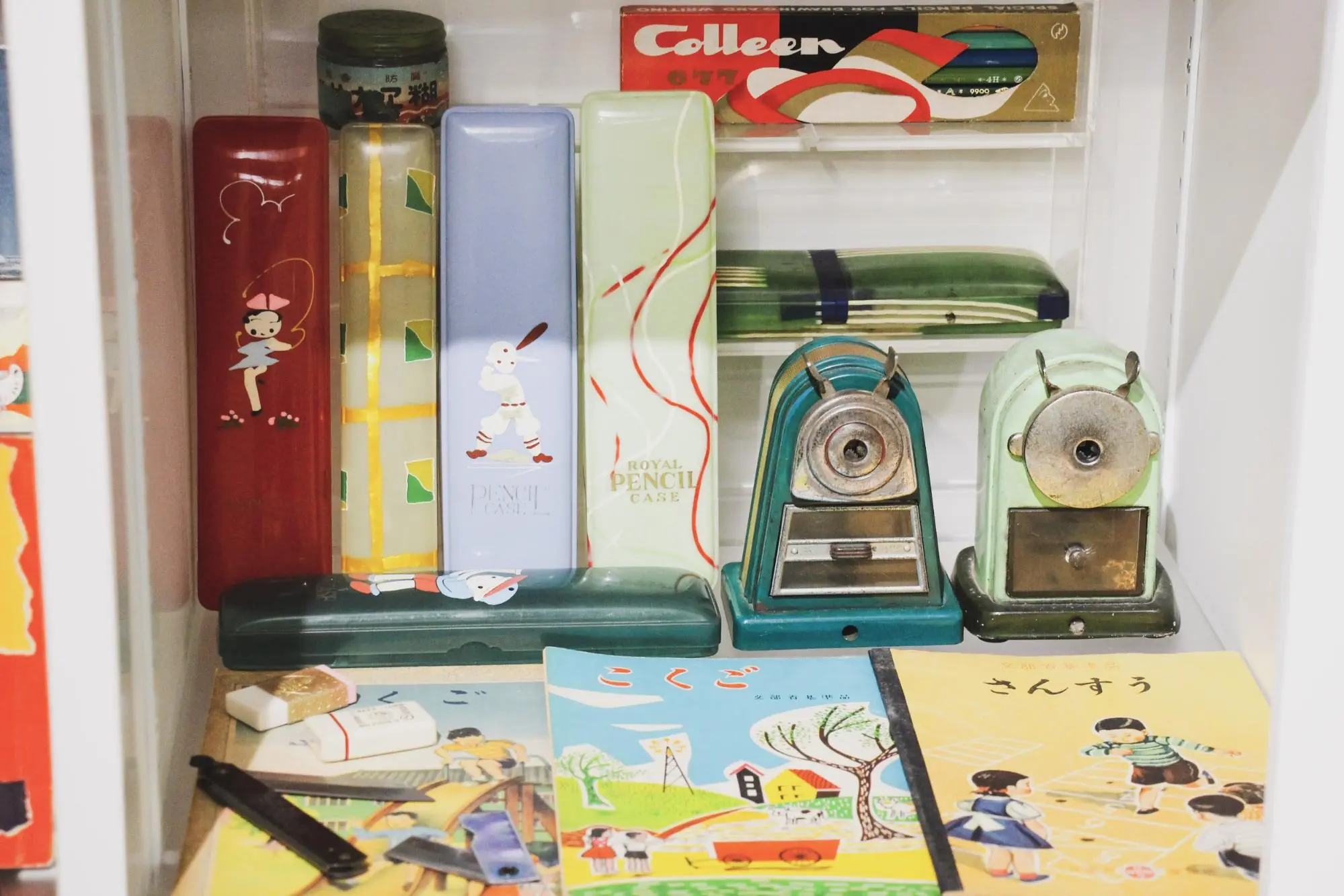
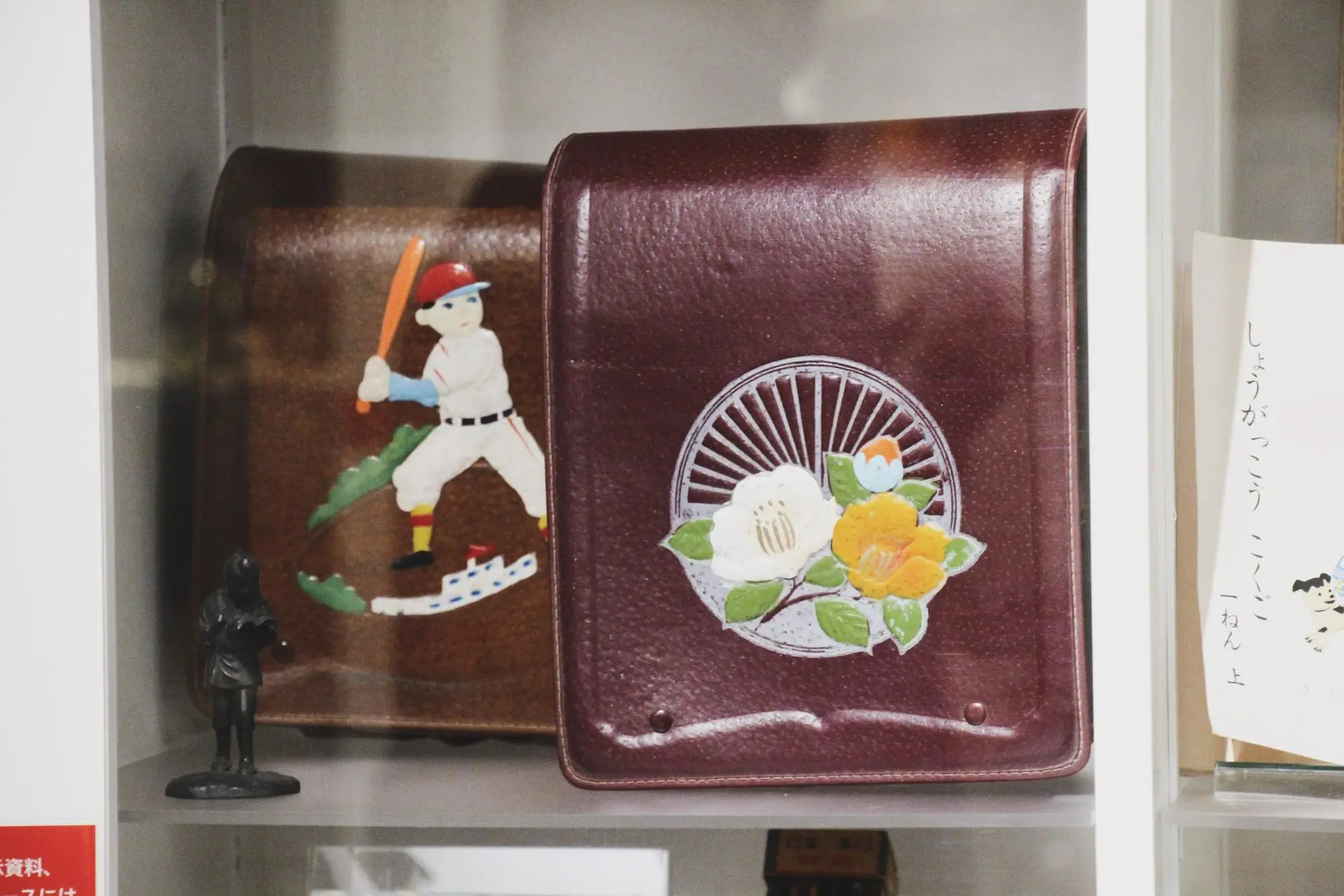
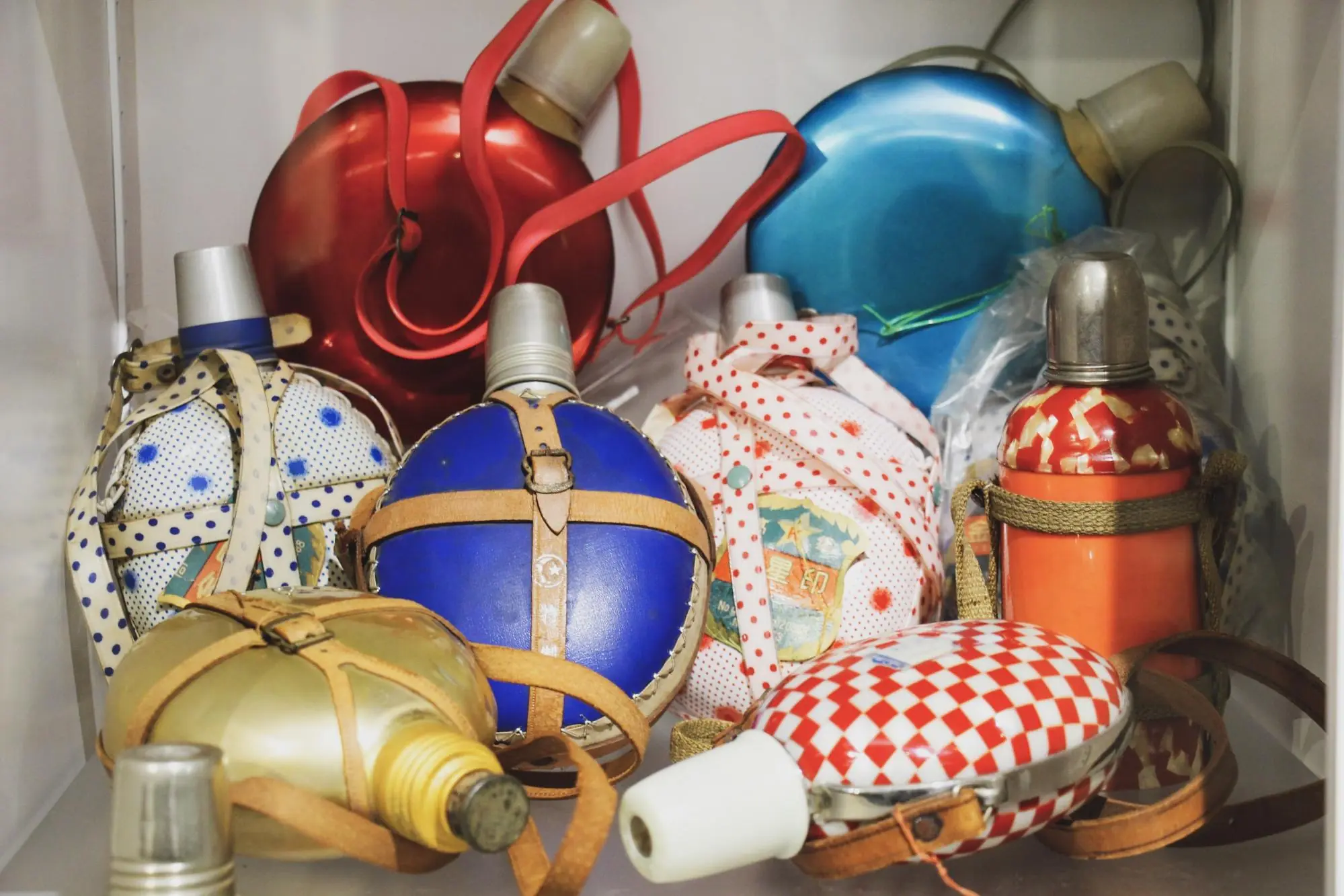
Randoseru (schoolchild's satchel) is an essential part of elementary school commuting. In the Showa era, it was smaller than it is now, and flowers and baseball boys were drawn. The shape of the water bottle is also lovely.
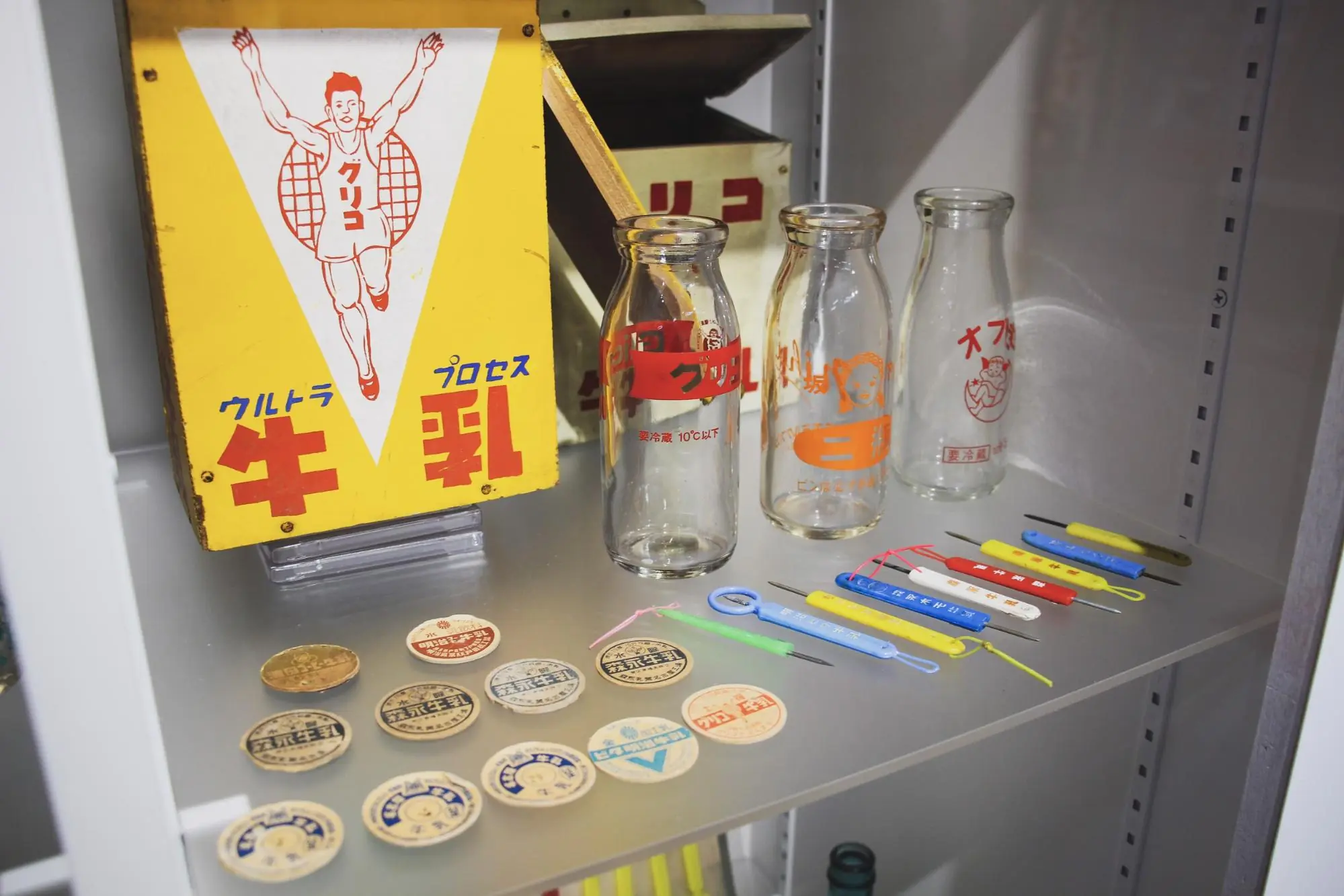
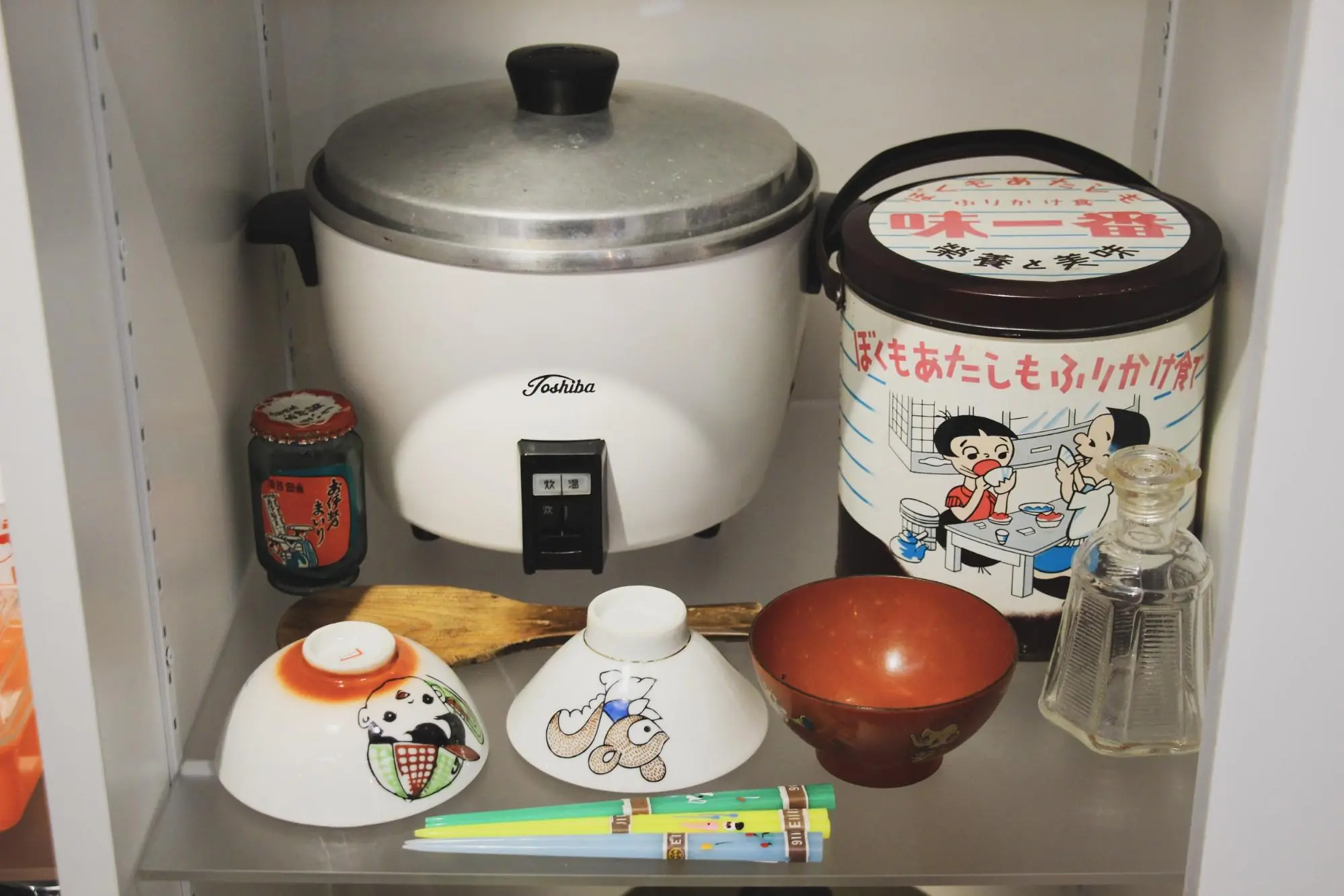
This is the "good morning" section. Even the lid of the milk bottle is on display.
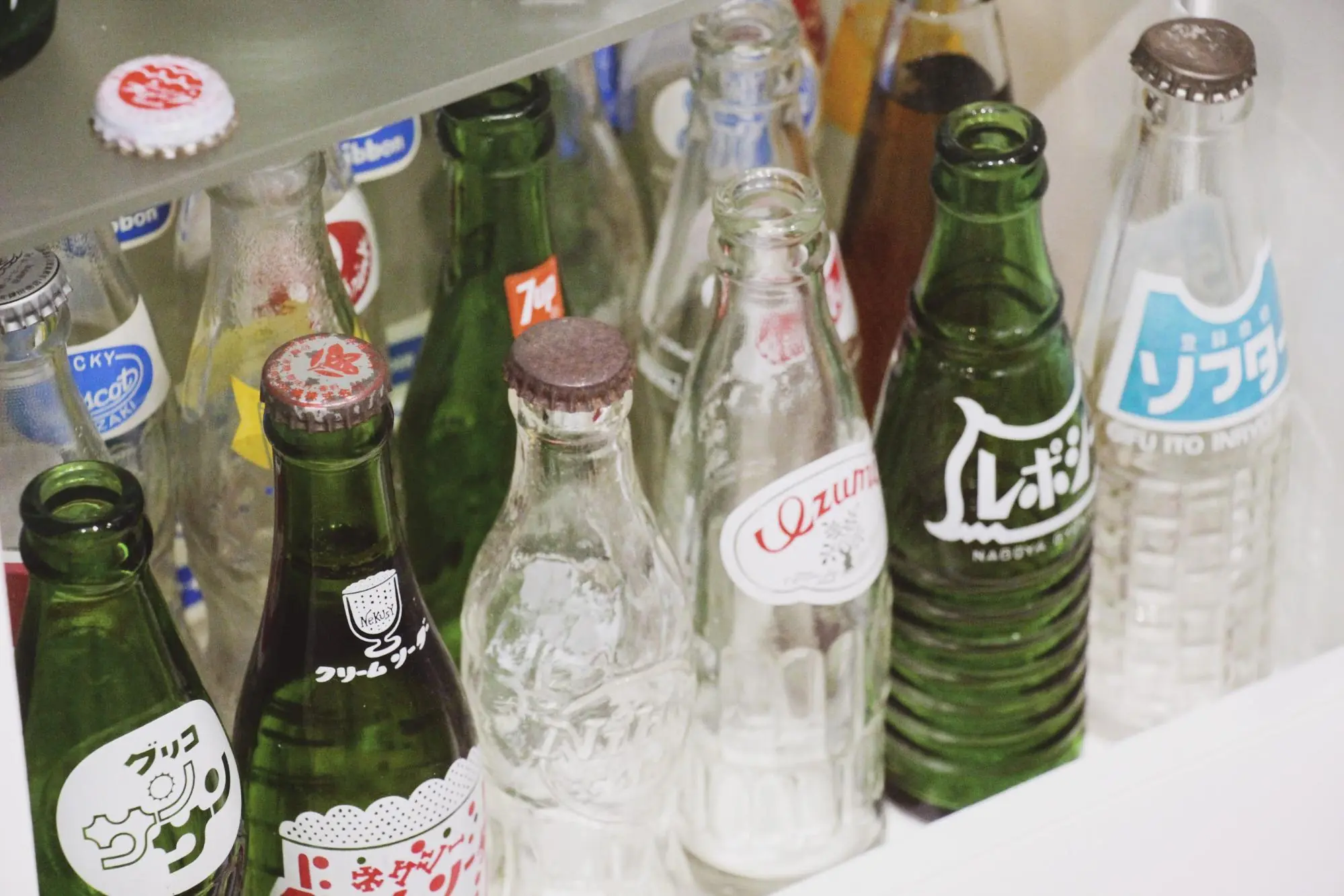
Materials at The Showa Era Lifestyle Museum are collected from all over the country. These are a number of retro bottles donated by bottle collectors.
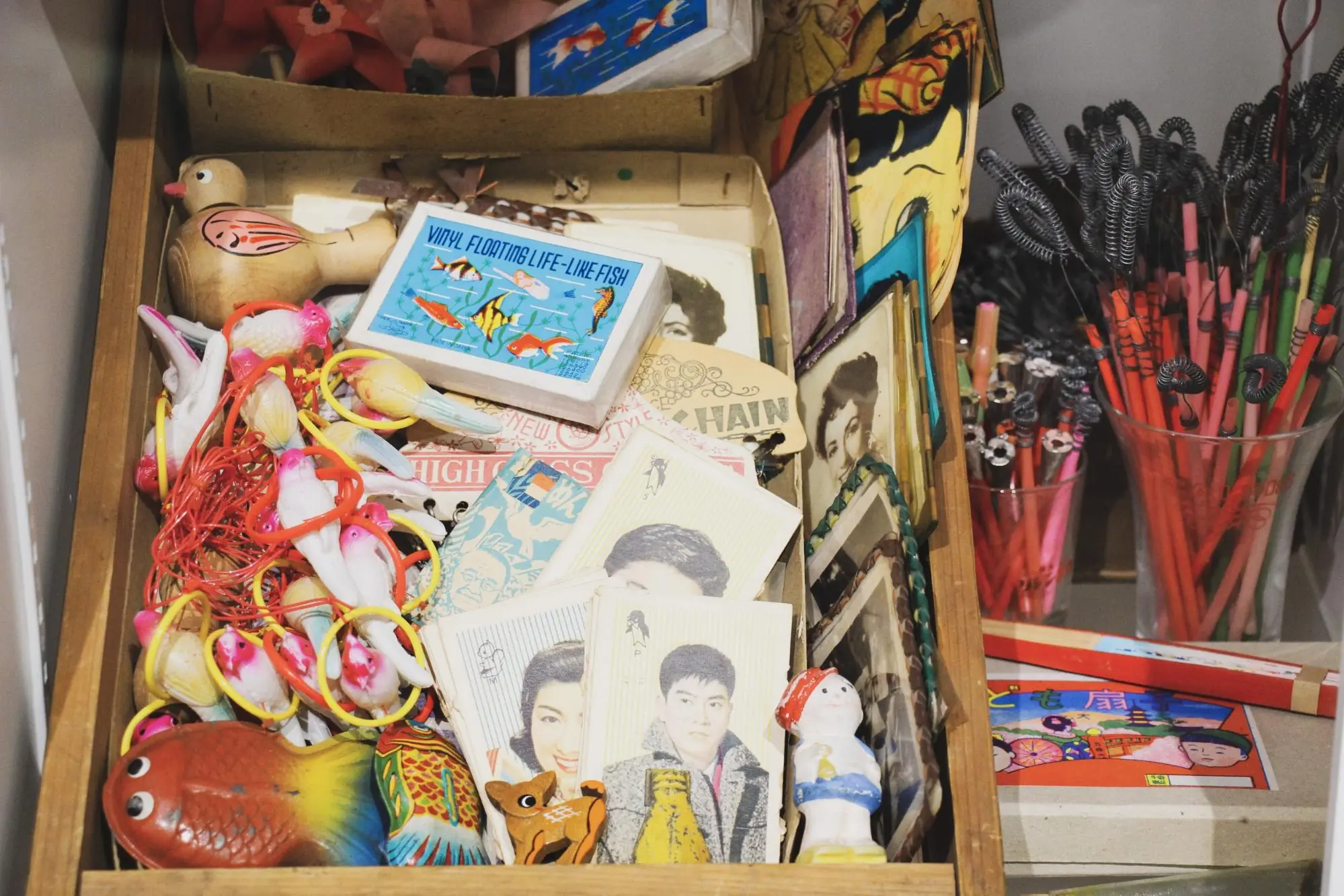

There are plenty of nostalgic toys such as menko and tin cars. Showa toys have bright colors!
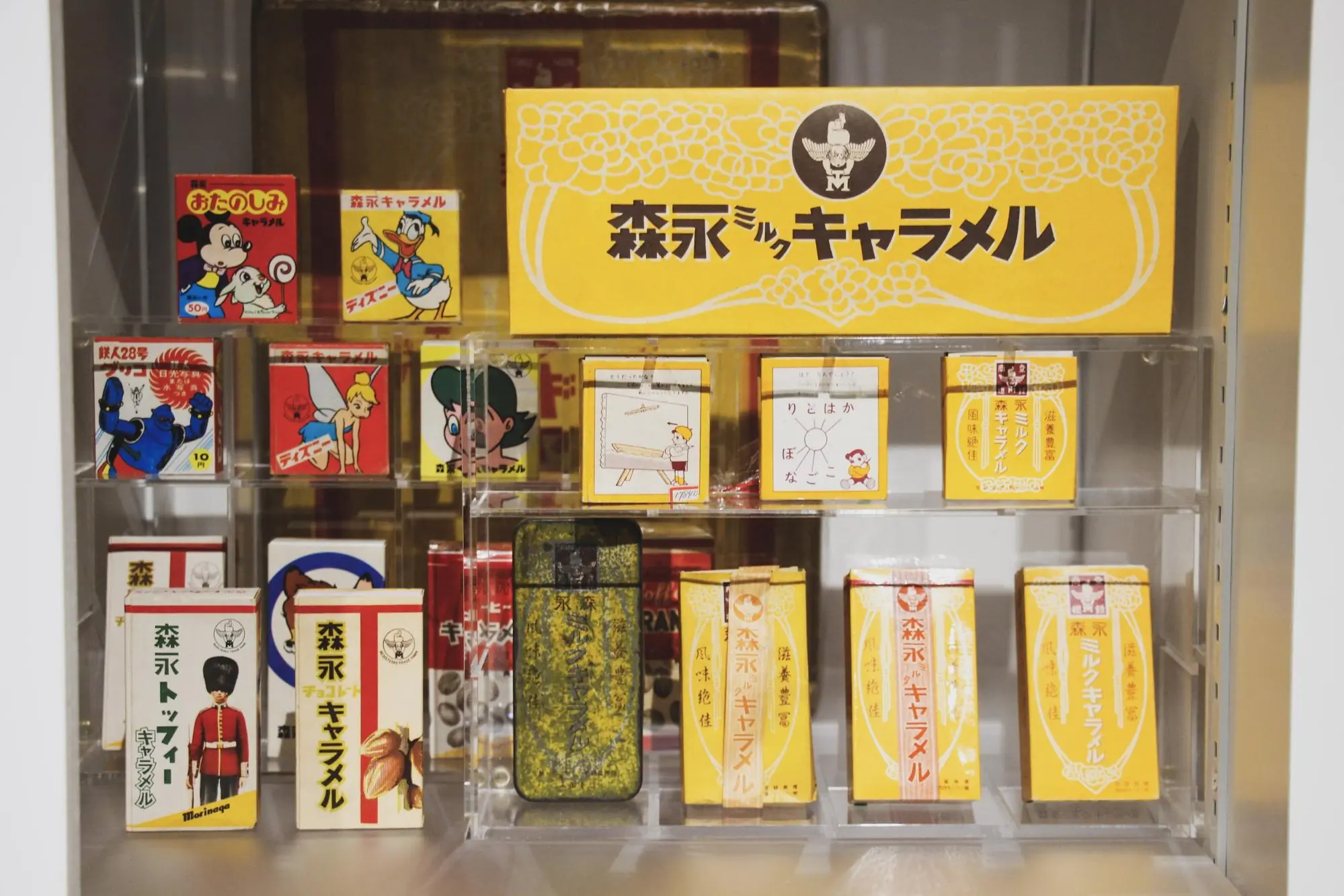
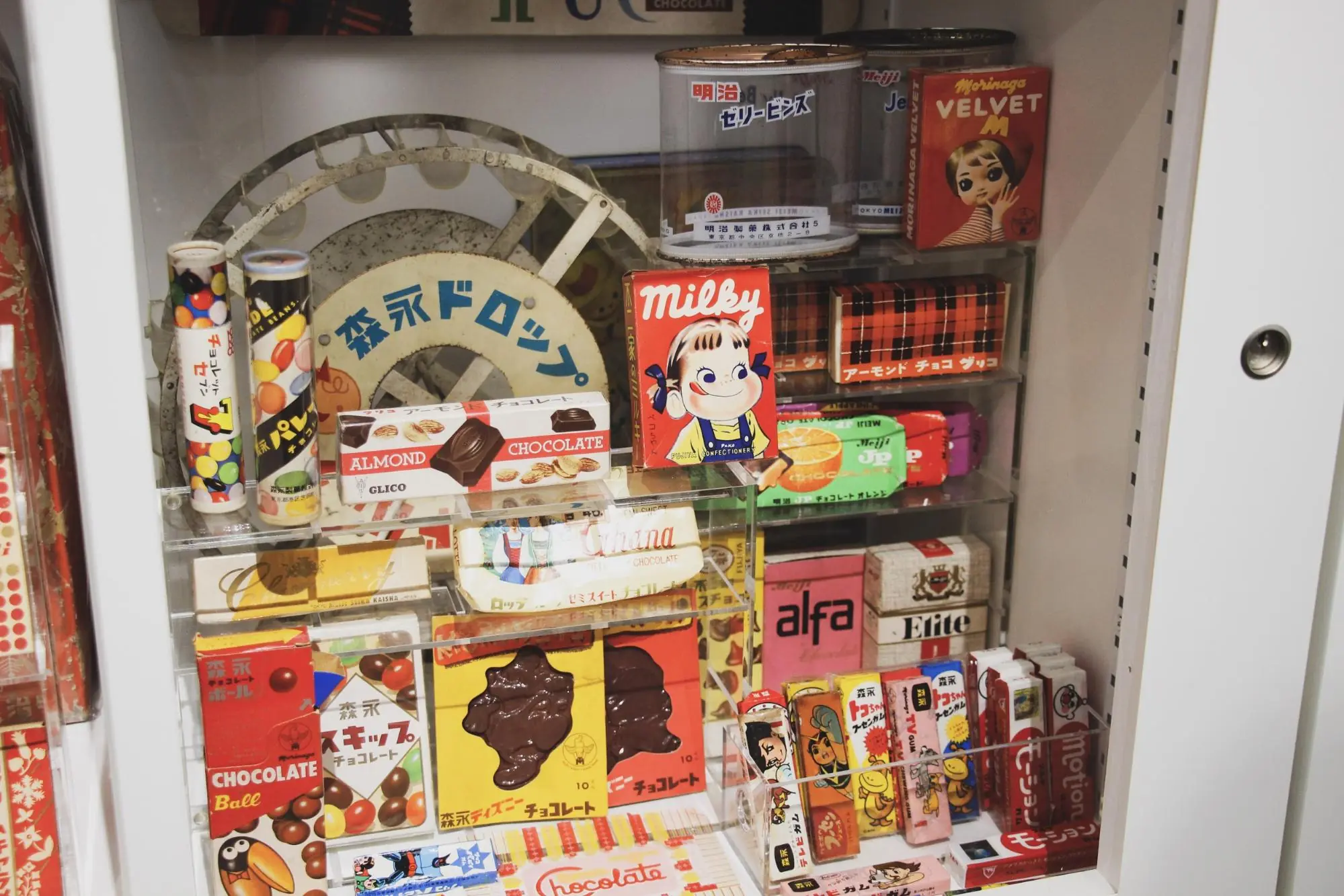
Many sweets that are still popular today were born in the Showa era. There are many things that the package has hardly changed since this time!
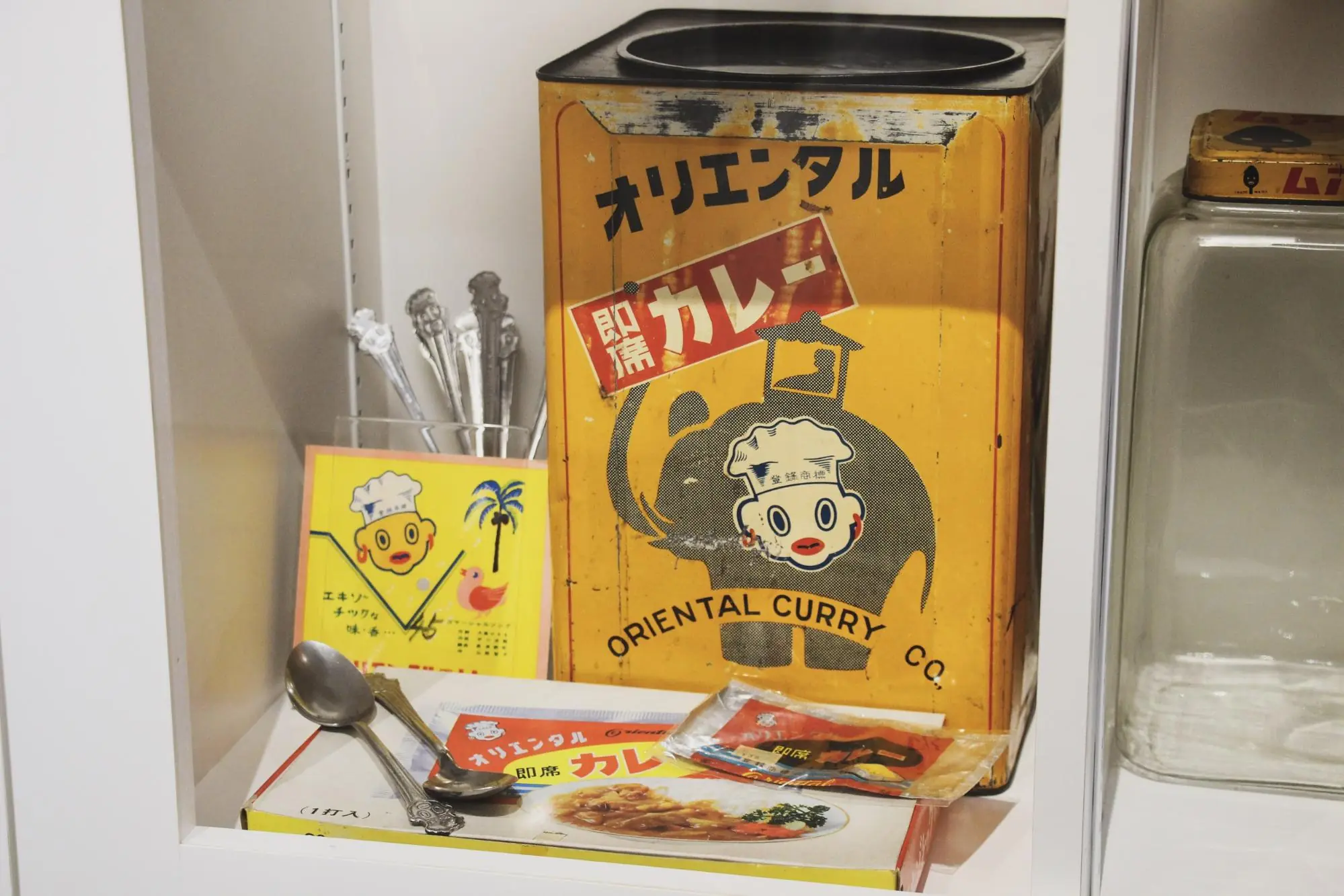
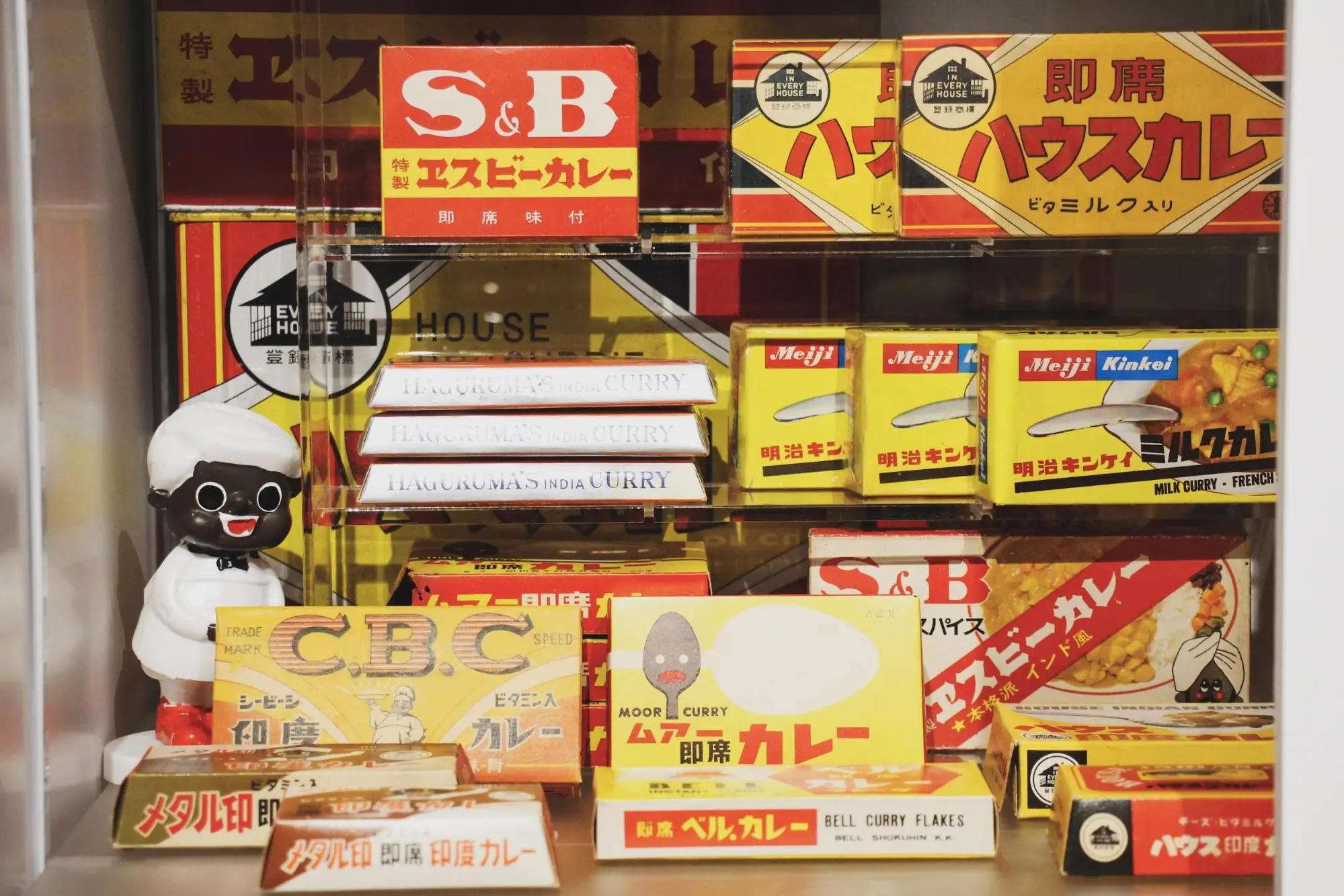
Curry, which can be said to be a national dish, became popular during the Showa era. I also found a package of "Oriental Curry" originating in Nagoya!
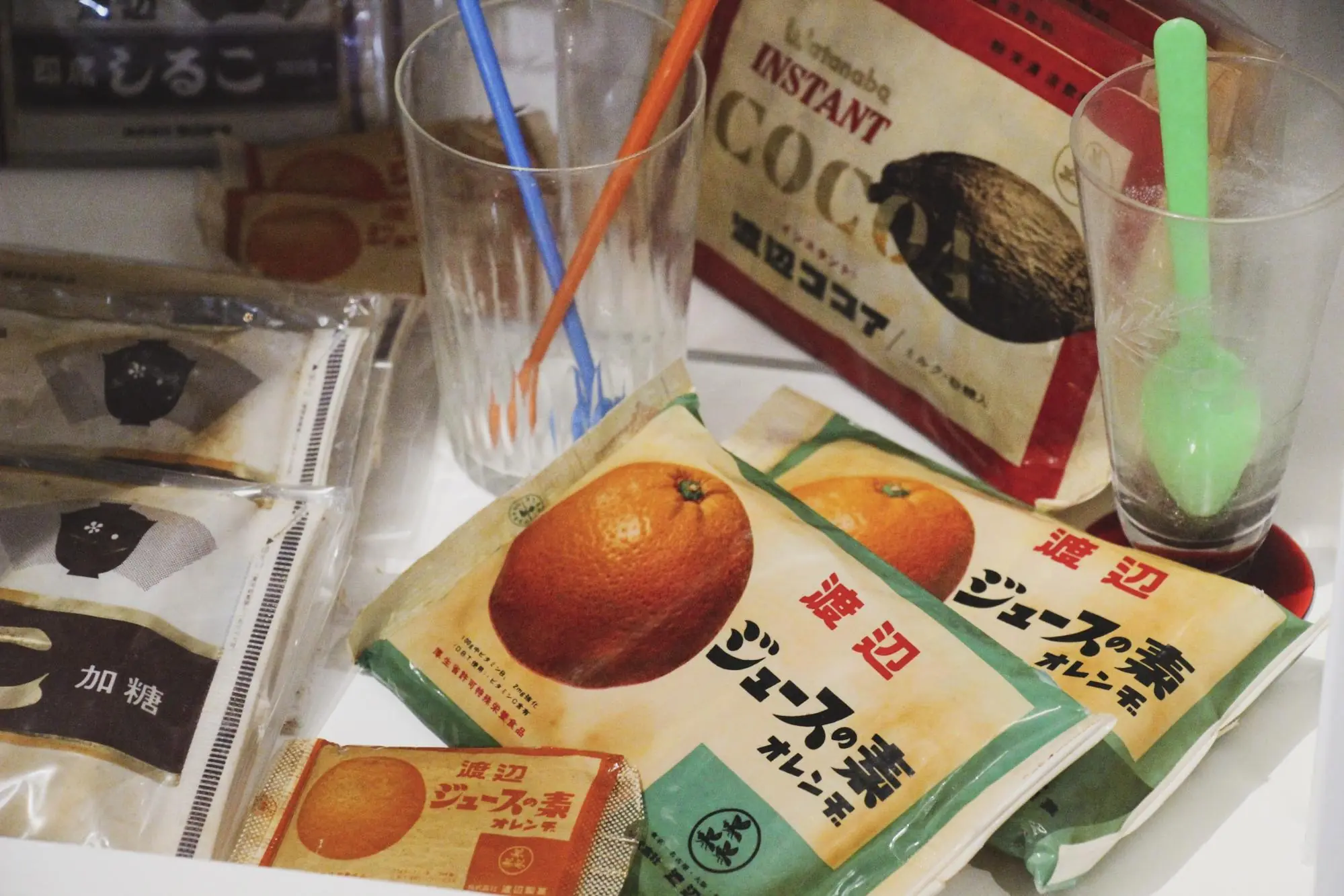
Many of these daily necessities are also used as reference materials when making movies and dramas of the Showa period. For example, this "Watanabe's juice mix" seems to be one of the materials with the most inquiries from the media.
Each one was so interesting that I forgot the passage of time and stared at it.
From Showa to Heisei and Reiwa
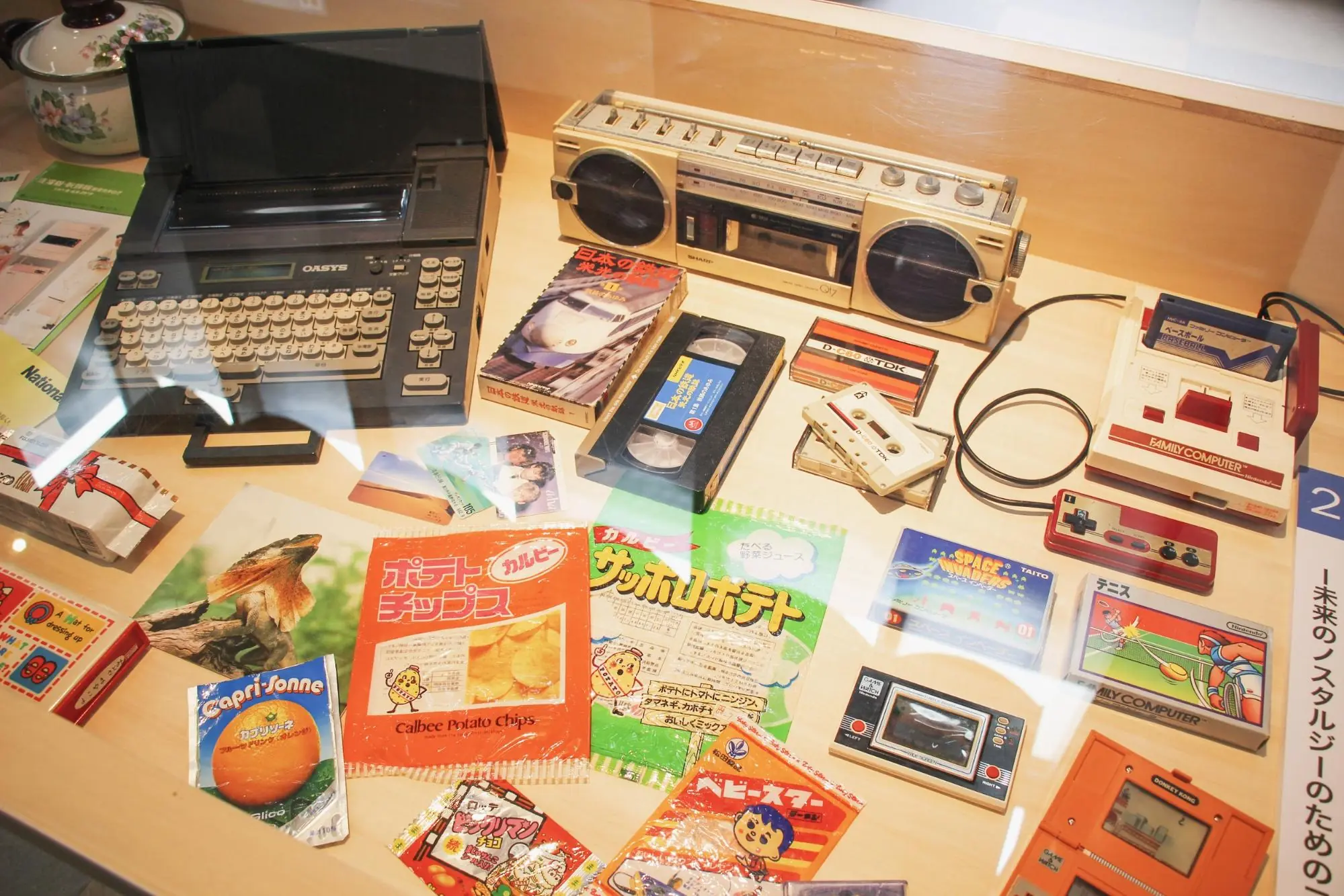
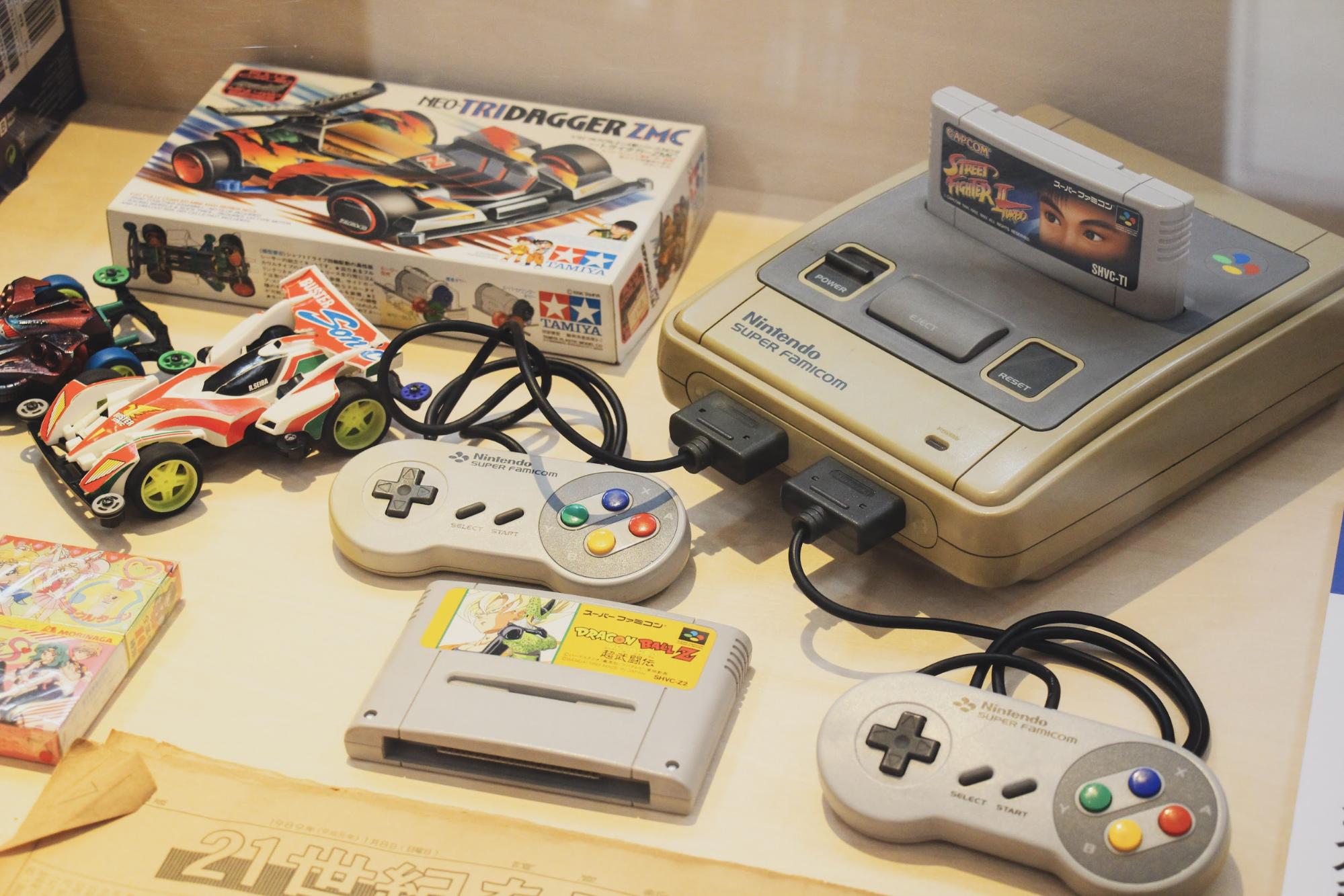

In the next corner, things that symbolize the life of Heisei and Reiwa were exhibited. Items that are taken for granted in our daily lives today will become as valuable materials in 30 or 50 years as they were in the Showa period. (Exhibition materials will be replaced)
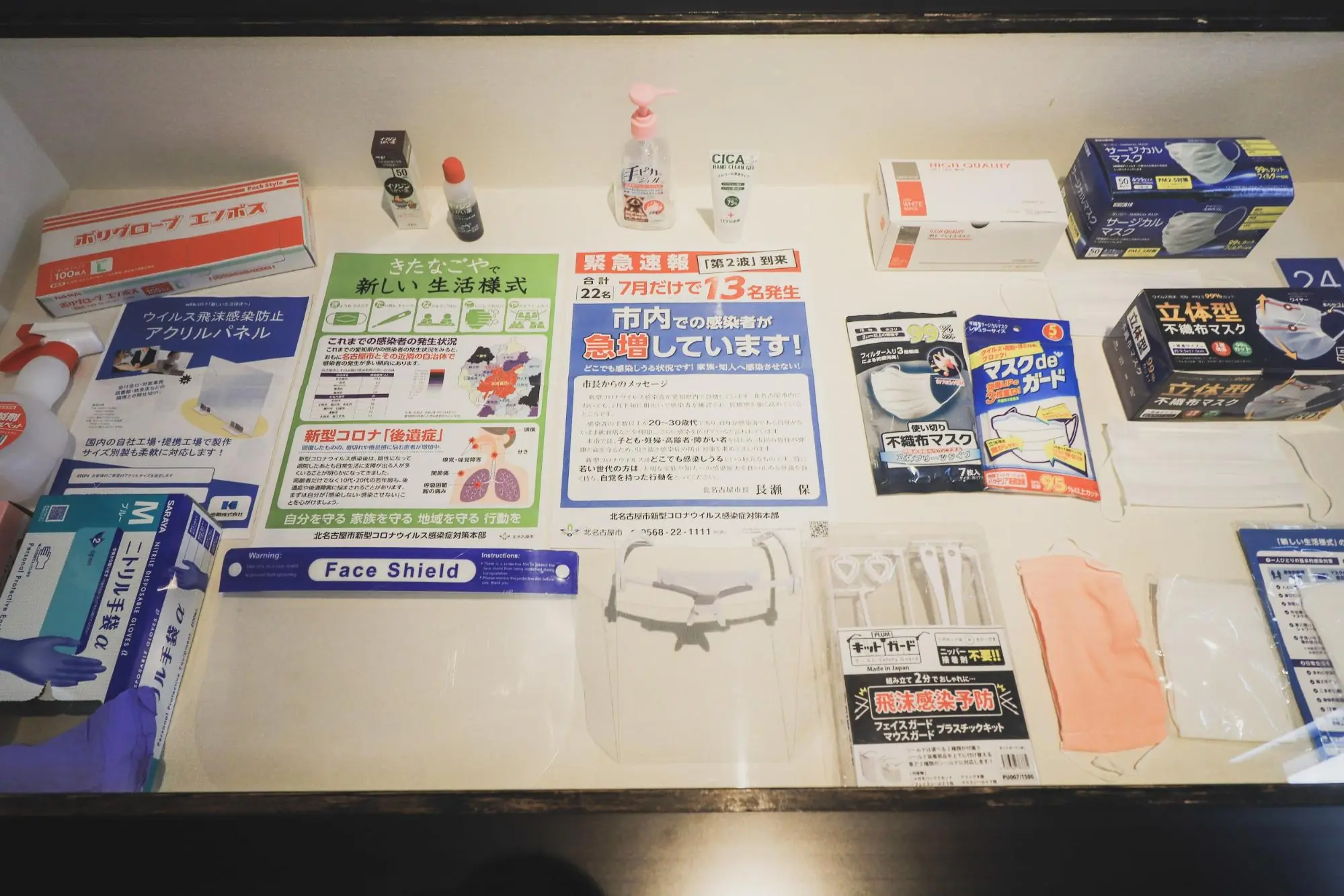
For example, items such as masks and face shields may become materials that symbolize the times in a few years or decades.


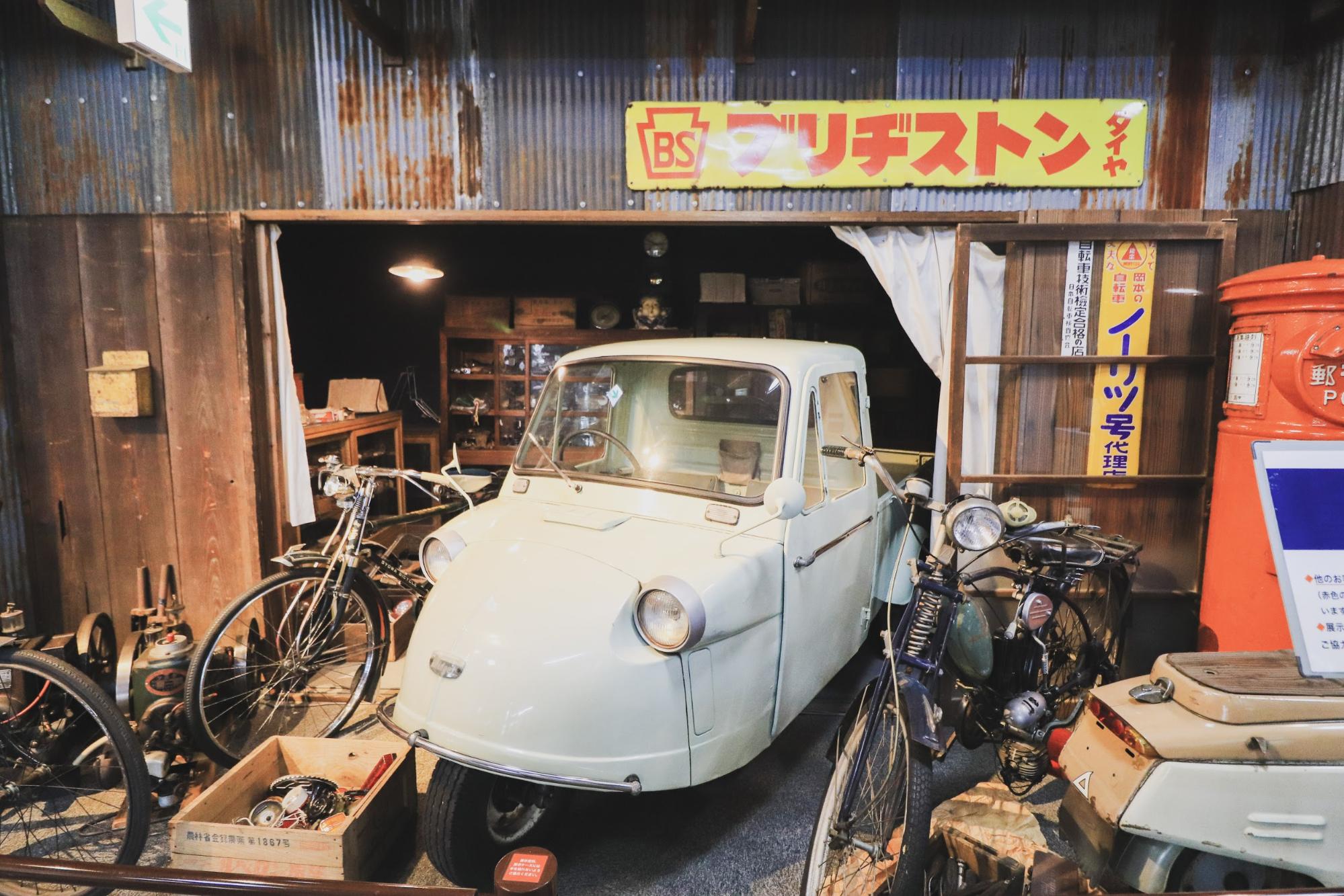
![[Tokai Area] Outing Spots for Family](https://life-designs.jp/wp/wp-content/uploads/2019/06/w1920x1088_family-1-1024x580.jpg)
![[Aichi, Gifu, Mie] 30 Family-Friendly Spots to Go in Winter!](https://life-designs.jp/wp/wp-content/uploads/2019/12/image21-1-300x212.png)
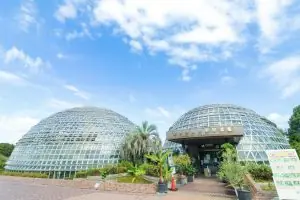

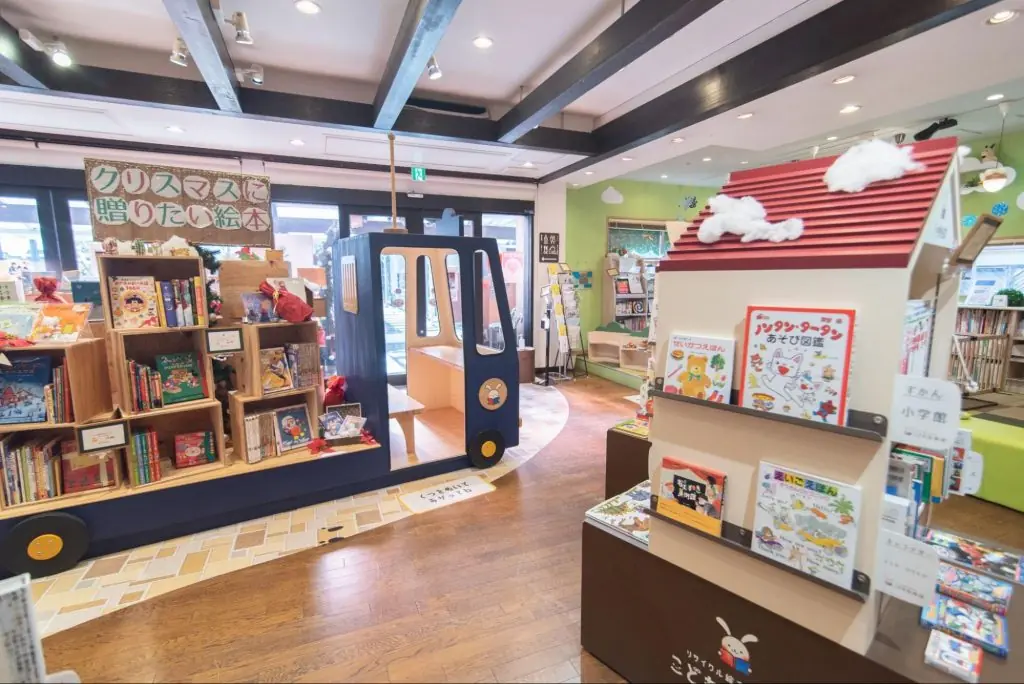
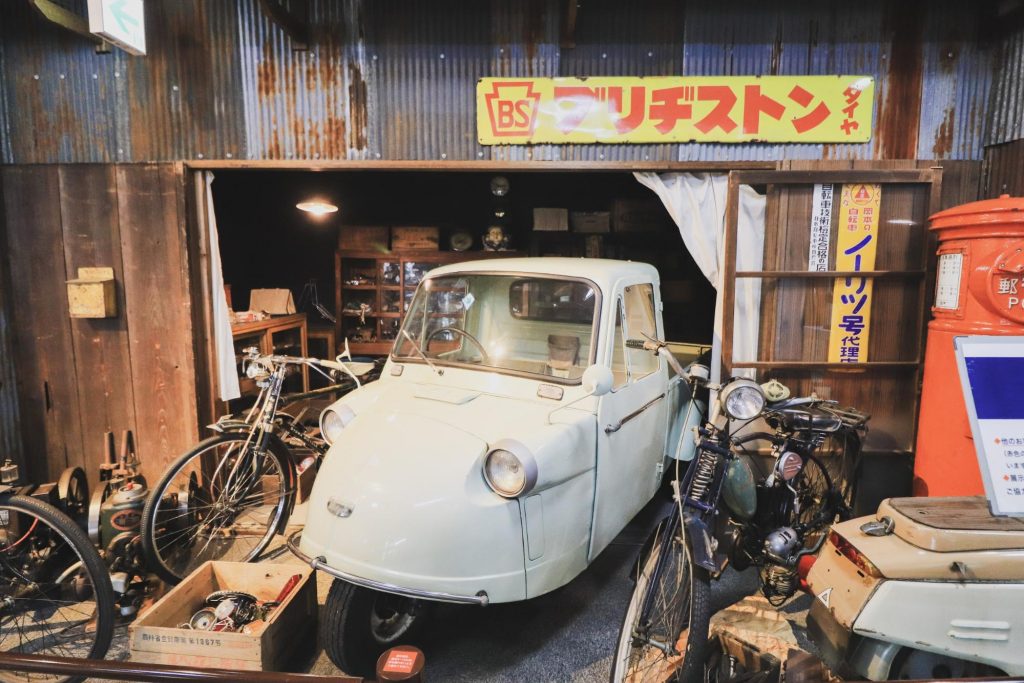
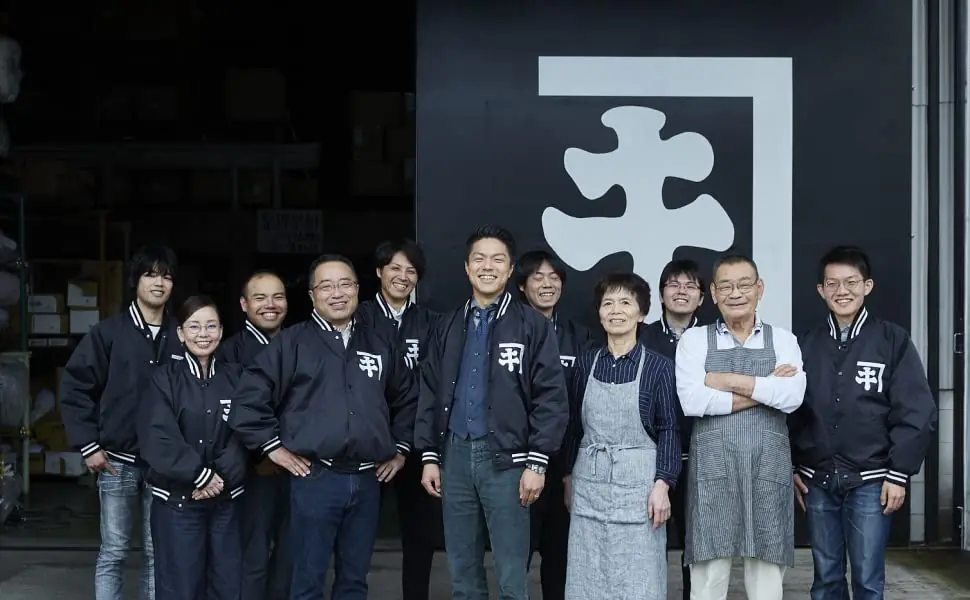
![[10 Selections] Parents and children can enjoy it! Summary of Museums in Aichi Prefecture](https://life-designs.jp/wp/wp-content/uploads/2022/01/FotoJet-2022-01-05T162333.940-1-1024x683.jpg)
![[Handa City] Handa Sky Science Museum has only Planetarium in Chita Peninsula!](https://life-designs.jp/wp/wp-content/uploads/2021/12/FotoJet-2021-12-02T152028.916-1024x768.jpg)
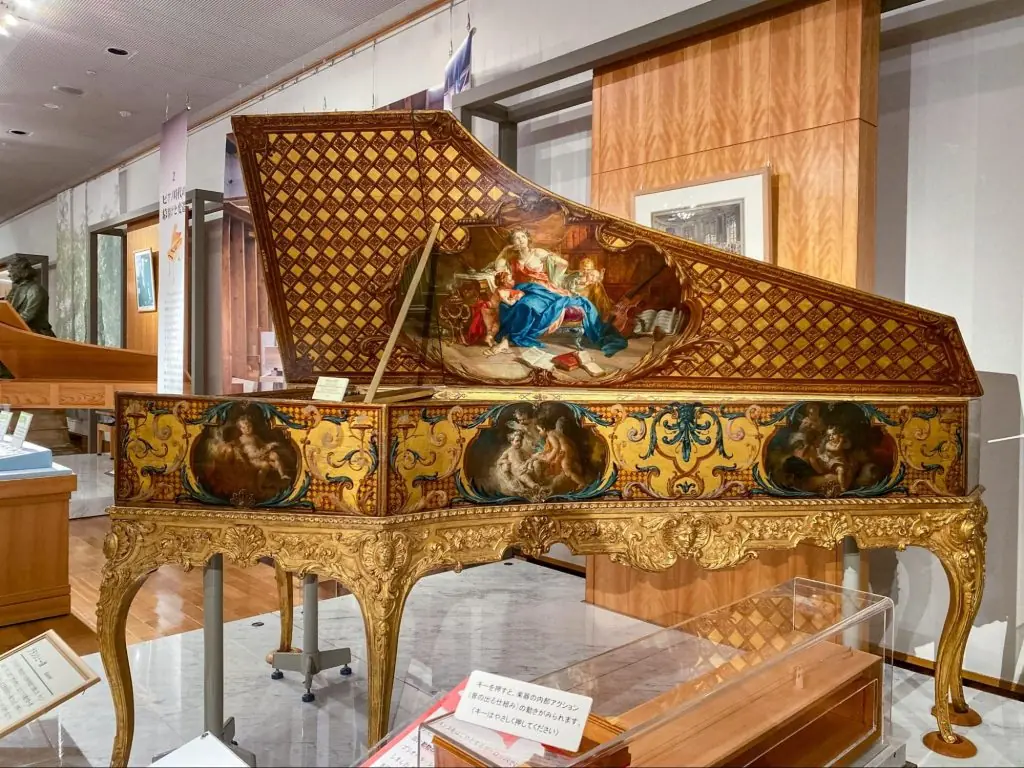
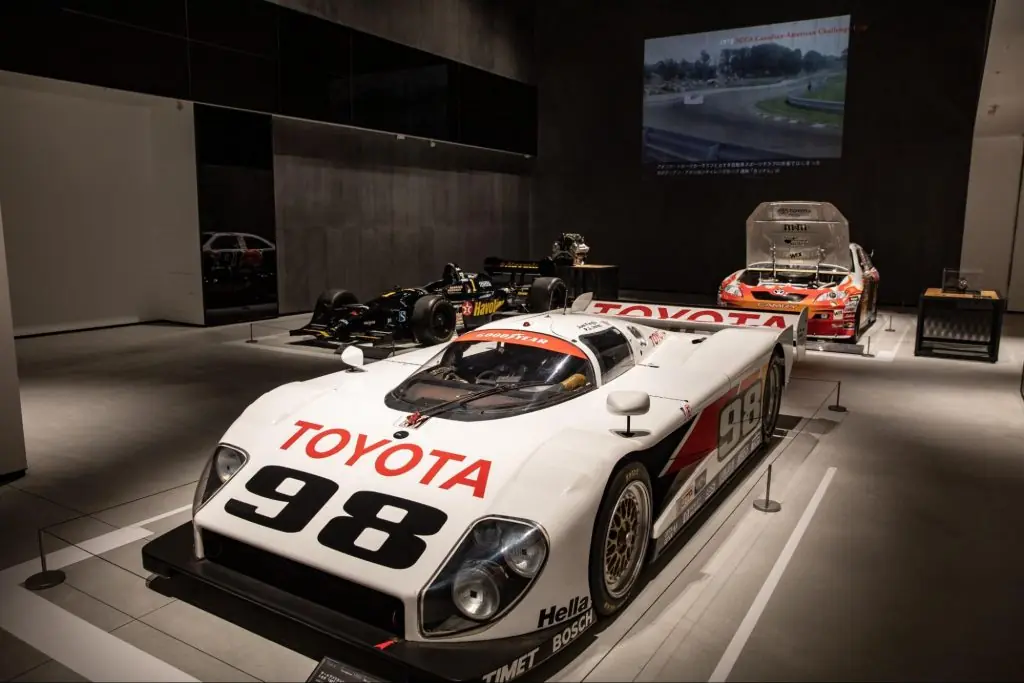

![[Indoor Facilities] Where to Go on Rainy Days in Tokai Area! For Family Outings!](https://life-designs.jp/wp/wp-content/uploads/2023/07/FotoJet-23.jpg)





![[Ghibli Park] Beginner's Guide](https://life-designs.jp/wp/wp-content/uploads/2023/07/ghiblipark_w1920h1088_20240422-768x435.png)
![[Special Feature] Enjoy Outdoor Activities!](https://life-designs.jp/wp/wp-content/uploads/2019/12/LD_banner_w1920x1088_outdoor-1-768x435.jpg)
![[Sauna Specials] Feel Revitalized in Sauna!](https://life-designs.jp/wp/wp-content/uploads/2021/07/Sauna-1024x580.jpg)
![[Enjoy Kuwana! ] From Classic to the Latest Spots](https://life-designs.jp/wp/wp-content/uploads/2022/11/Kuwana_w1920x1088-1-1024x580.png)
![[Osu Special Feature] A City of History and Uniqueness](https://life-designs.jp/wp/wp-content/uploads/2022/03/01_Osu-1-1024x580.png)
![[Nagoya-meshi] Nagoya's Speciality Dishes](https://life-designs.jp/wp/wp-content/uploads/2022/06/5ba2ca8c038fd4af7527bc0826367cfb-1024x580.png)
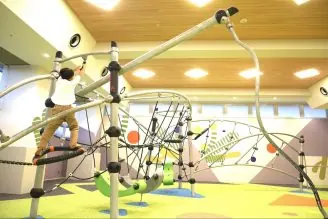
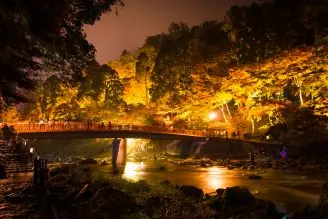
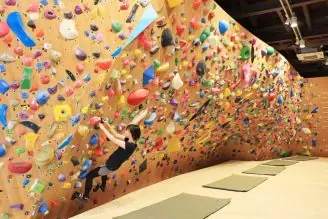
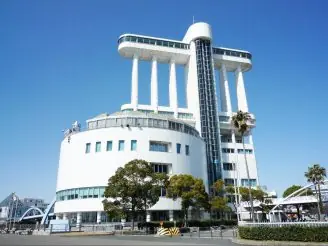
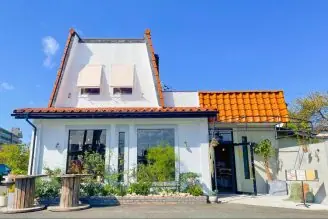
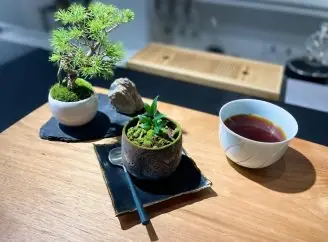

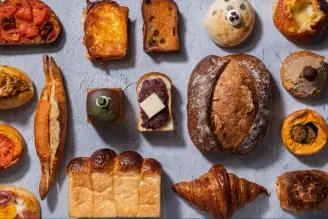


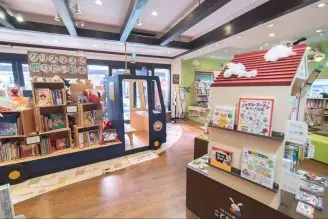

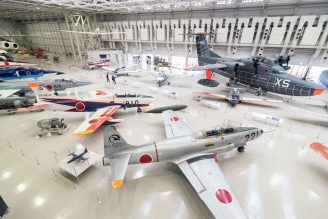
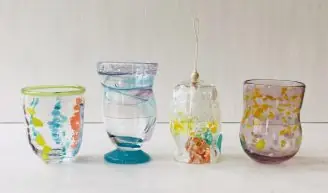
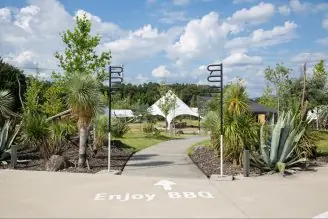
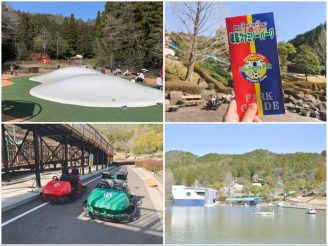

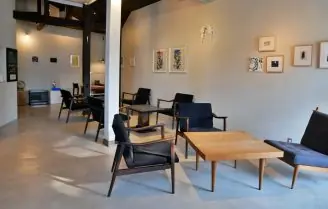
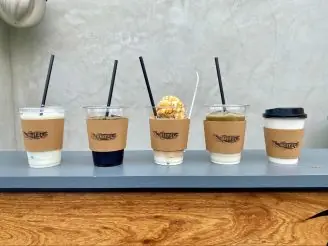
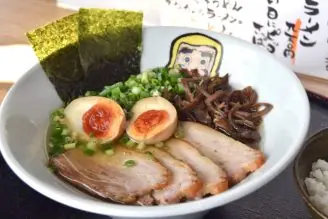

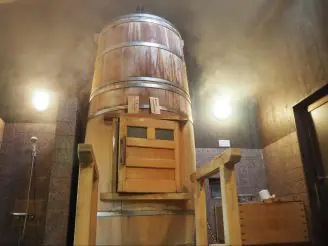
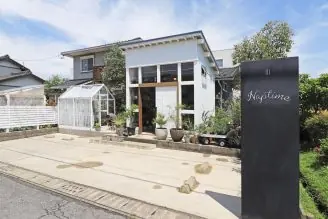
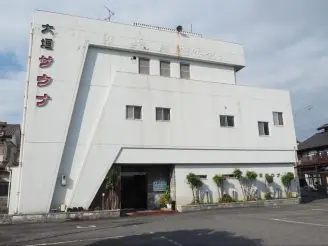
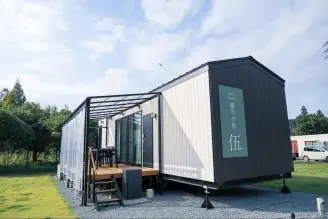

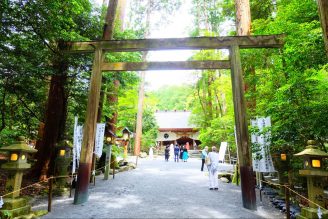
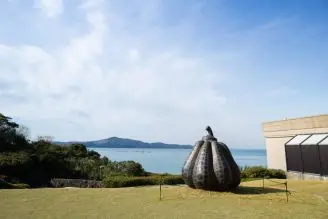

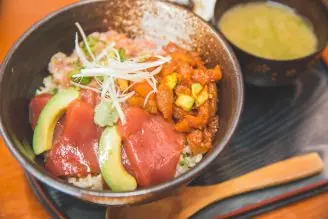
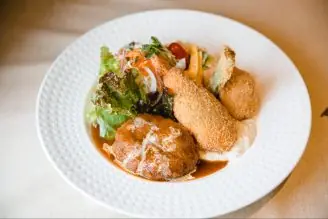

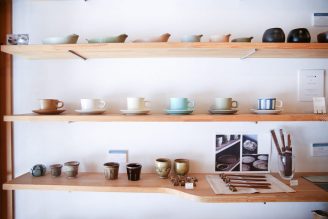
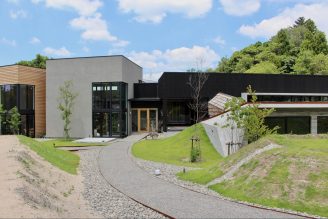
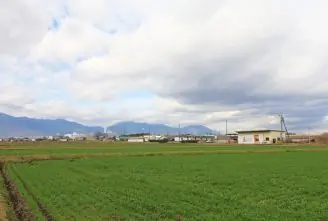
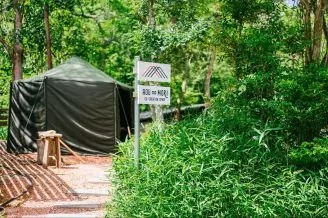

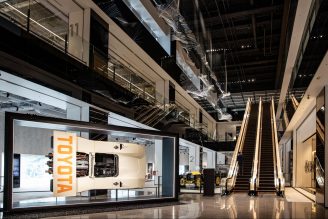
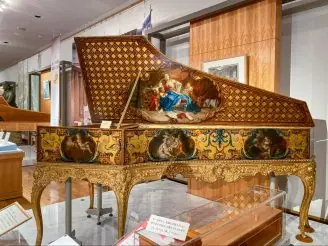

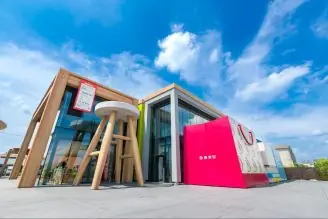



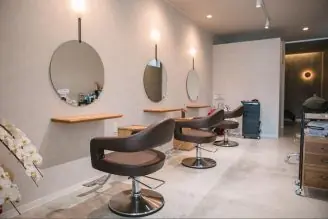

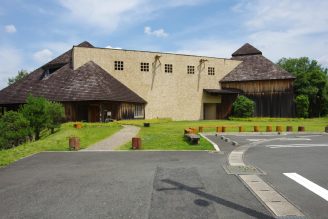
![[28 selections] I want to get it when I go to Ghibli Park! Recommended goods & souvenirs (Ghibli’s Grand Warehouse edition)](https://life-designs.jp/wp/wp-content/uploads/2023/07/07bb34f30842ccc4c6412fc060e1966c-1024x683.jpg)
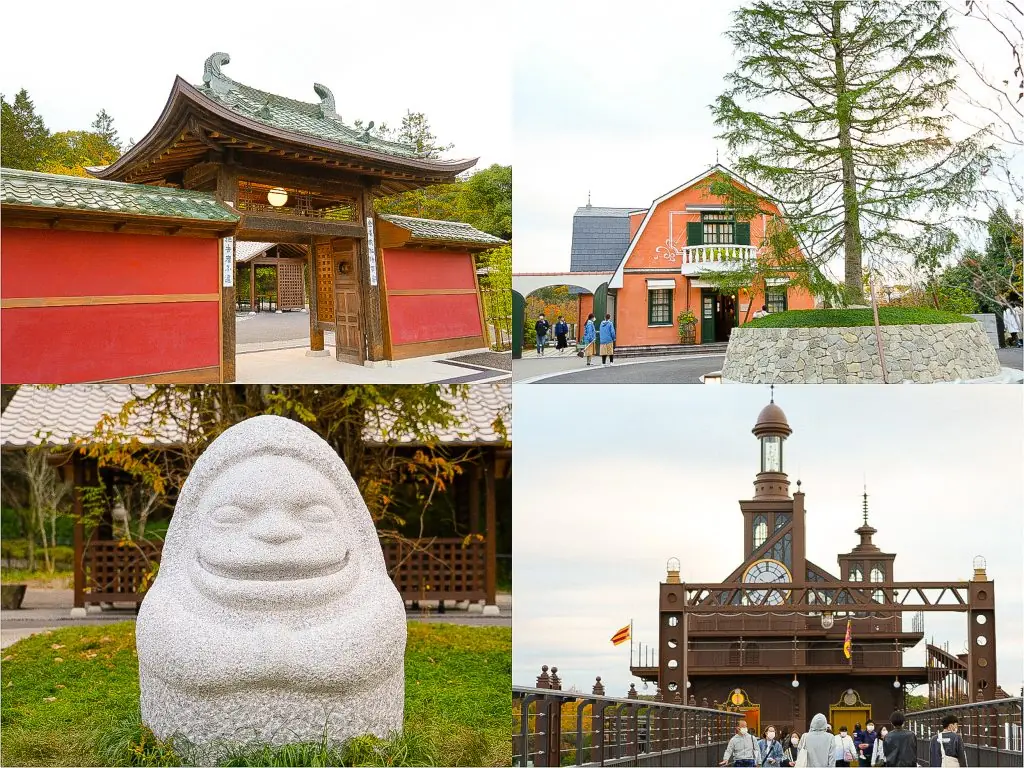
![[10 selections] Recommended for Girls' Trip from Nagoya! Special feature on Hotels and Inns](https://life-designs.jp/wp/wp-content/uploads/2022/11/FotoJet-1-1024x768.jpg)
![[Aichi, Gifu, Mie] 30 Family-Friendly Spots to Go in Winter!](https://life-designs.jp/wp/wp-content/uploads/2019/12/image21-1-768x543.png)
![[Within 2hrs by Car] 12 Outing Areas where You can Go on a Day Trip from Nagoya!](https://life-designs.jp/wp/wp-content/uploads/2023/07/odekake12_w1200h900_20240422-328x246.png)
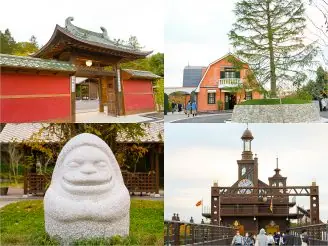
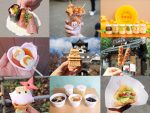
![[Nagoya, Aichi] Recommended Shops to Buy Tablewares around Nagoya](https://life-designs.jp/wp/wp-content/uploads/2019/11/image12-26-150x100.jpg)
